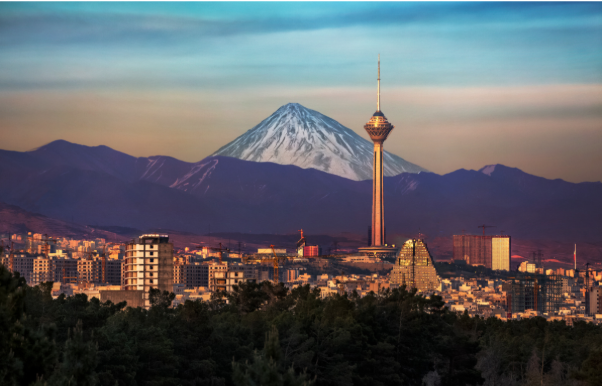
Reducing dependence on hydrocarbons: an essential challenge for MENA countries

The Middle East and North Africa (MENA) region has a population of over 450 million, with only 1⁄4 of Europe's GDP. In a world region that is still young but evolving and advancing very fast, the progressive exit from hydrocarbons is far from being an empty thought.
The main reason for the efforts of the region's countries arises from a double observation: hydrocarbons are limited in quantity available, and these will be particularly impacted by the effects of climate change.
The depletion of oil reserves and increasing energy demand
As previously introduced, oil reserves are limited and global energy demand continues to grow significantly. According to estimates by the International Energy Agency (IEA), proven oil reserves in the MENA region currently stand at around 830 billion barrels.
This represents around 48% of the world's oil reserves. However, these reserves are not limitless, and are decreasing as they are exploited. Meanwhile, global demand for energy continues to grow, driven by urbanization, population growth and economic development.
According to the IEA, global energy demand will increase by around 25% by 2040, driven mainly by emerging and developing economies. The economic shift is therefore essential, and countries in the MENA region, such as Saudi Arabia, which has developed notably thanks to oil, under the leadership of MBS and the vision 2030 plan, have understood this perfectly.

Economic growth driven by the transition to renewable energies
Countries in the MENA region have taken concrete steps to reduce their dependence on hydrocarbons and promote energy transition. One of the first pillars is massive investment in renewable energies. For example, the United Arab Emirates has committed itself to an ambitious energy transition by launching the Masdar project, Abu Dhabi's future energy company.
Masdar develops and invests in renewable and green technologies, including solar energy, wind power and water management. The aim is to create a sustainable economy and make the United Arab Emirates a world leader in green energy. Another example of economic diversification is Saudi Arabia, which has launched the "Vision 2030" initiative to reduce its dependence on oil revenues.
As part of this initiative, the country has set ambitious targets for renewable energies, including the construction of large-scale solar and wind farms. On the same subject, Morocco is a remarkable example of the region's commitment to renewable energies. The country inaugurated the Noor solar power plant in Ouarzazate, the world's largest concentrated solar power plant, which will cover an area of over 3,000 hectares and generate megawatts of electricity. Meanwhile, Egypt has also invested in wind power with the Gabal El Zayt wind farm, one of Africa's largest wind power projects.
MENA countries are actively investing in the research and development of advanced energy technologies. They are setting up innovation and research centers dedicated to renewable energies, and developing international partnerships to accelerate the adoption of sustainable energy solutions. Reducing dependence on fossil fuels is now a crucial necessity for MENA countries. The energy transition represents both a necessity and a major opportunity for the region to shape a more sustainable future for its inhabitants and future generations.



